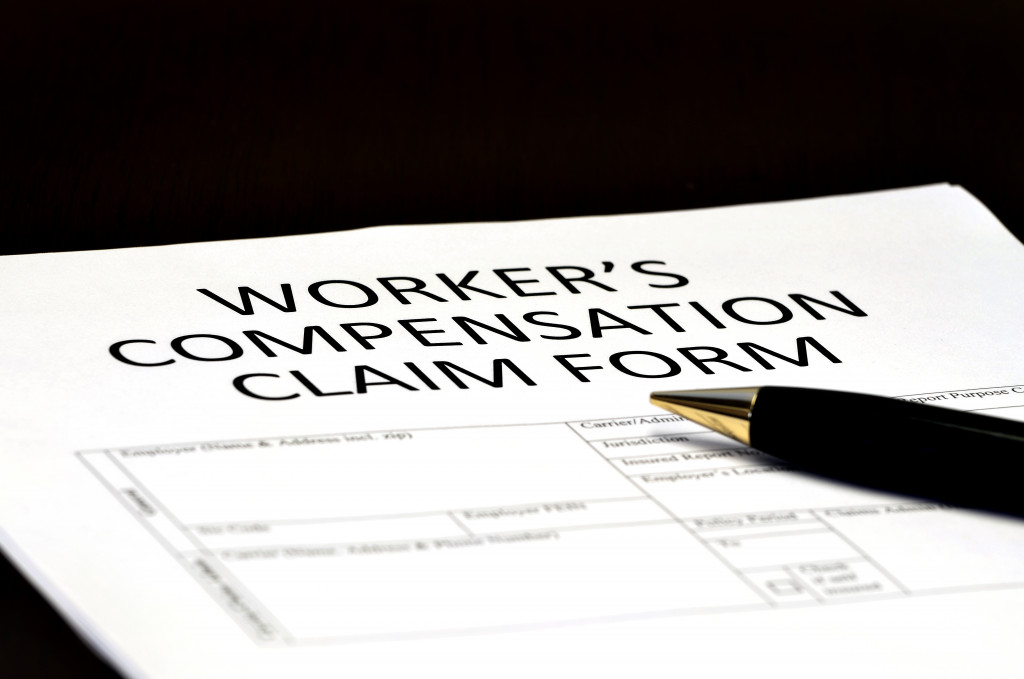- Design a safe space by assessing potential hazards and establishing safety protocols.
- Encourage open communication between management and staff, and establish clear policies and procedures.
- Implement necessary procedures for addressing hazards, such as providing adequate training to identify them.
- Develop an emergency response plan to prepare for unexpected events or situations in the workplace.
- Educate employees on the importance of workplace safety, including providing access to necessary materials such as PPE or first aid kits.
Creating a safe work environment is essential to the success of any business. It can help foster a productive, trusting atmosphere and provide a sense of security for employees. From reducing injury-related costs and increasing efficiency to preventing employee lawsuits, ensuring workplace safety is essential in maintaining a successful business.
The Occupational Safety and Health Administration (OSHA) reports that nearly 2.6 million nonfatal workplace injuries occurred in 2021. These injuries cost employers more than $1 billion in direct workers’ compensation costs each week. On top of this, businesses must often pay for indirect costs such as unemployment benefits, medical bills, legal fees, lost productivity, and even lost customers due to the reputation hit by an unsafe work environment.
As a result, employers must ensure a safe work environment for employees. Here are a few steps to consider for your business:
Design a Safe Space
The importance of creating a safe space for employees cannot be overstated. A safe work environment can help employees feel comfortable and secure, increasing productivity and motivation. It is also essential to address any potential hazards, reducing the chances of workplace injuries or illnesses.
Assess Space
The first step in designing a safe work environment is identifying potential hazards and assessing their likely risk level. This should include conducting regular risk assessments and safety inspections and establishing safety protocols that personnel must adhere to. Additionally, workers should be trained on adequately using any equipment they may come into contact with, including protective clothing or personal protective equipment (PPE).
Communication is Key
Creating an environment of open communication between management and staff is essential for fostering a safe workplace. Establishing clear policies and procedures will allow employees to understand their rights and responsibilities within the workplace. Additionally, employee feedback should be encouraged to address any issues or concerns promptly.
Implement Procedures
Once hazards have been identified and safety protocols established, it’s important to implement procedures for addressing them appropriately. This can include providing adequate training for workers on effectively identifying and managing hazards and instituting policies for reporting incidents when they occur. Additionally, employers should consider implementing disciplinary processes when violations occur to ensure compliance with safety regulations.
Create an Emergency Response Plan
An emergency response plan is essential in helping businesses prepare for unexpected events or situations that may arise in the workplace. The program should clearly outline the steps needed in an emergency, such as evacuating the premises or providing medical assistance if required. It’s also essential for employers to review the plan regularly so that personnel remains up-to-date on the latest protocols and procedures.
Educate Employees

Finally, educating employees on the importance of workplace safety is critical. This can include providing training on identifying and addressing hazards and reinforcing safety protocols through regular communications. Additionally, employers should ensure personnel has access to necessary materials, such as PPE or first aid kits, in an emergency.
Safety and wellness seminars should also be part of the education program, as they can help employees understand the dangers of working in an unsafe environment. Unfortunately, that might not stop all the hazards of working in a domain, but it can help reduce the chances of something serious happening.
Get Insurance

Creating a safe work environment is essential to the success of any business. It can help foster a productive, trusting atmosphere and provide a sense of security for employees. From reducing injury-related costs and increasing efficiency to preventing employee lawsuits, ensuring workplace safety is essential in maintaining a successful business. Unfortunately, accidents happen, even with the best prevention measures, which is why workers’ compensation and medical insurance are so important.
Workers’ compensation covers workers’ lost wages and medical expenses due to job-related injuries or illnesses. It also helps protect employers from lawsuits related to these claims. Workers’ compensation coverage can help ensure workers receive benefits they may be eligible for if they suffer an injury or illness on the job without worrying about covering medical bills out of pocket. You can also get workers’ compensation claims management services to help employees get the assistance they need for the time-consuming process.
Medical insurance is another type of coverage that can offer workers the peace of mind regarding medical bills resulting from an on-the-job injury or illness. Many employers may be required by law to provide health insurance benefits to their workers, but those that don’t should strongly consider providing their employees some health coverage. This will give workers access to necessary care after an accident or injury, helping them get back on their feet faster and with the less financial burden.
Final Thoughts
Creating a safe work environment for employees is essential for any successful business. From assessing potential hazards to providing adequate training and education, employers should take the necessary steps to develop an effective safety plan that meets their specific needs.



